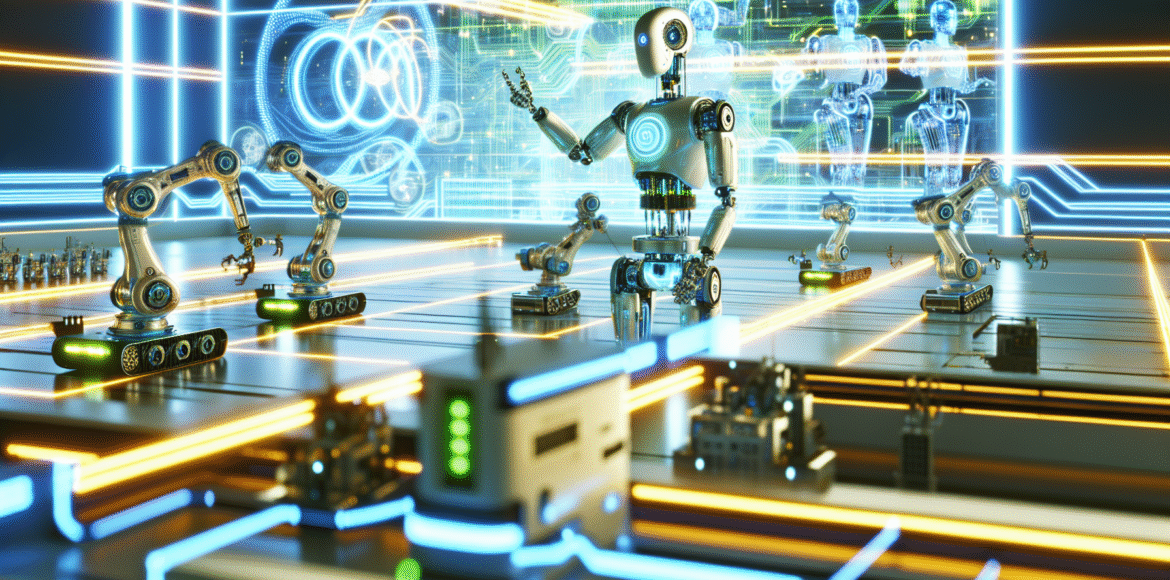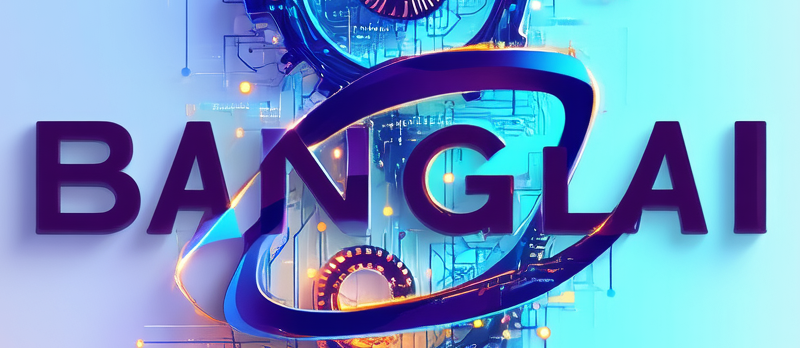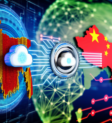AI and Automation Transforming the Future

Artificial Intelligence (AI) and Automation are revolutionizing industries by enhancing efficiency, accuracy, and innovation. This article explores how these technologies work together to transform processes, drive economic growth, and reshape the workforce, while addressing the challenges and opportunities they present.
Understanding AI and Automation and Their Synergy
Artificial Intelligence (AI) encompasses systems capable of learning, reasoning, problem-solving, and decision-making, evolving from early symbolic logic models to deep learning and neural networks. Parallelly, automation ranges from simple mechanical tools to sophisticated computer-controlled processes that execute tasks with precision and repeatability. Historically, automation began with mechanization in the Industrial Revolution, while AI’s roots trace to mid-20th century computational theories. Their synergy emerges as AI injects adaptability and intelligence into automation, enabling real-time process control, enhanced precision, and dynamic decision-making. This integration powers innovations like autonomous vehicles, which utilize AI for perception and control combined with automated mechanical systems for navigation. In manufacturing, intelligent manufacturing systems blend robotics with AI-driven analytics to optimize production flows and predict maintenance needs. Service sectors benefit from AI-automated customer support, where natural language processing guides automated responses efficiently. Today, these technologies form an interdependent ecosystem that continuously evolves towards more autonomous, context-aware systems, signifying future trends of increased cognitive capacity embedded in automation across industries.
Conclusions
The fusion of AI and Automation is reshaping the technological landscape, driving unprecedented productivity and innovation. While challenges like workforce adaptation and ethical considerations remain, the benefits in efficiency, quality, and new opportunity creation are profound. Embracing these advancements with responsible strategies will harness their full potential for a smarter, more automated future.




